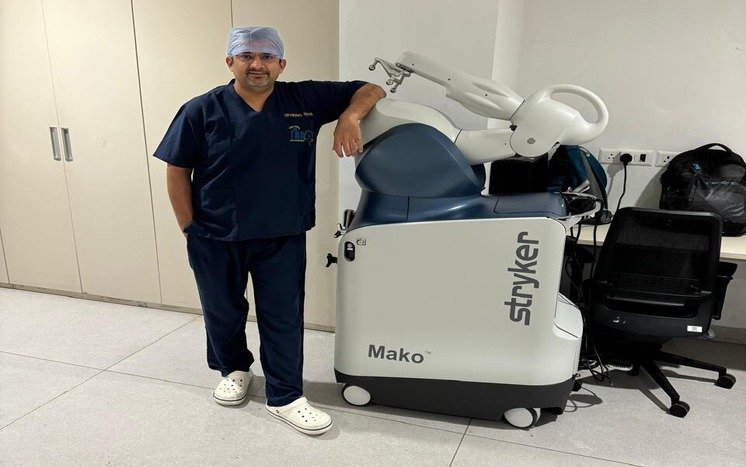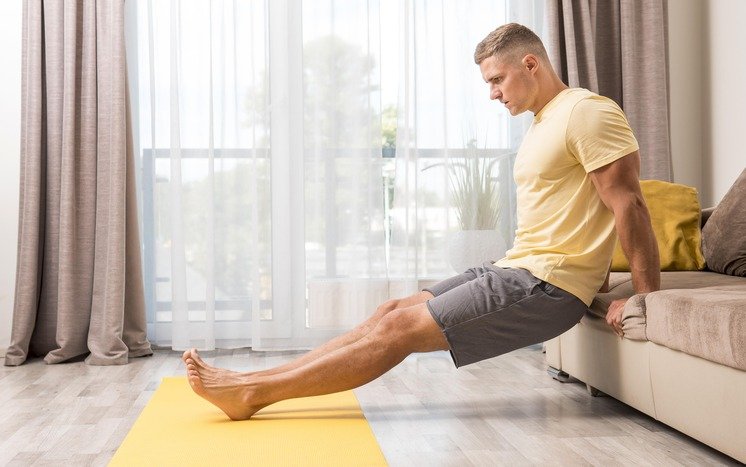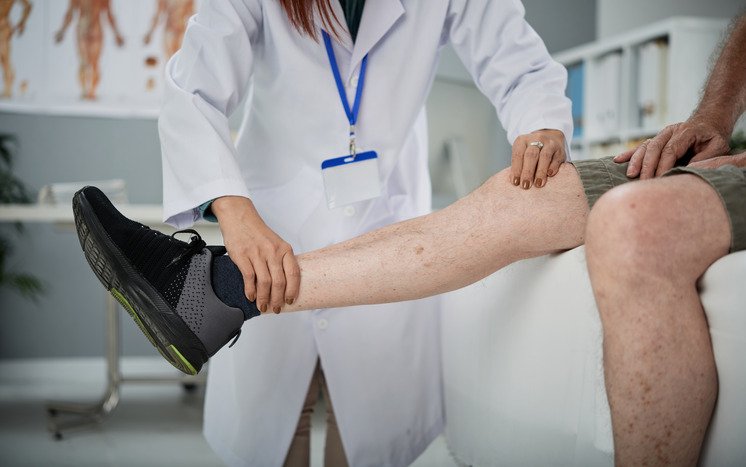
10:00am to 04:00pm (Mon to Sat) - Amrita Hospital, Faridabad
06:00pm to 08:00pm (Mon to Sat) - Arthrocare Clinic, Noida
10:00am to 04:00pm (Mon to Sat) - Amrita Hospital, Faridabad
06:00pm to 08:00pm (Mon to Sat) - Arthrocare Clinic, Noida
 February 7, 2024
February 7, 2024
Knee replacement surgery is a transformative procedure for many, offering a pathway out of chronic pain and towards improved mobility. However, like all surgeries, it comes with its set of challenges and potential complications post-operation. Understanding these challenges and knowing how to navigate them can significantly impact your recovery journey. This blog explores common complications after knee replacement and provides strategies to manage and overcome them.
1. Managing Pain and Swelling
Post-surgery pain and swelling are among the most common experiences. While these symptoms are expected parts of the healing process, effective management is key.
2. Preventing Infection
Infection is a rare but serious complication that can occur after knee replacement surgery. Recognizing the signs early and taking preventive measures is crucial.
3. Avoiding Blood Clots
The risk of developing blood clots is heightened after knee surgery due to reduced mobility.
4. Improving Range of Motion
A limited range of motion can sometimes be a challenge, affecting your ability to perform daily activities.
5. Dealing with Stiffness
Some patients may experience stiffness in the knee, especially during the first few weeks or months post-surgery.
6. Addressing Persistent Pain
In some cases, patients might experience ongoing pain after the expected recovery period.
Conclusion
Recovery from knee replacement surgery is a journey, with its roadblocks and milestones. Being prepared for potential complications and knowing how to address them can make all the difference. Remember, open communication with Dr. Mrinal Sharma and adherence to your rehabilitation program are your best allies in navigating the challenges post-surgery. With patience, perseverance, and the right strategies, you can overcome these hurdles and move towards a more active and pain-free life.





© 2024 Dr. Mrinal Sharma | All rights reserved. Designed and Developed by DigiTrend